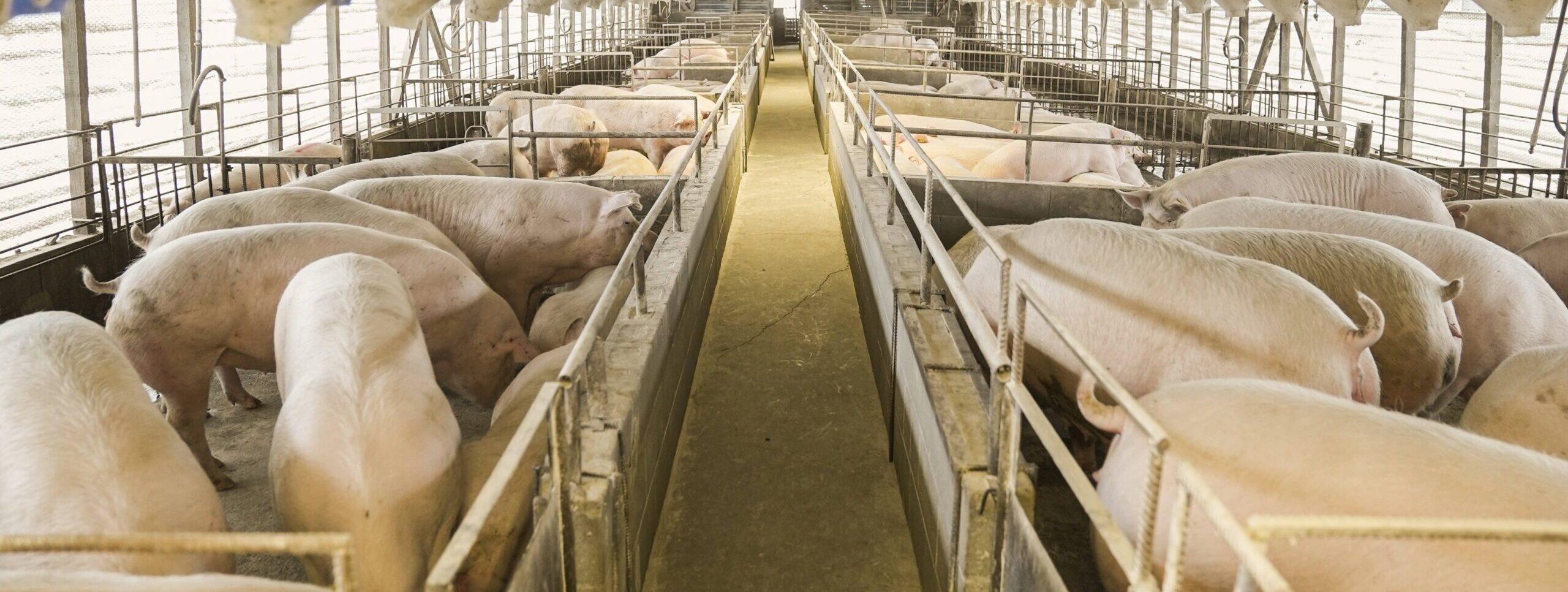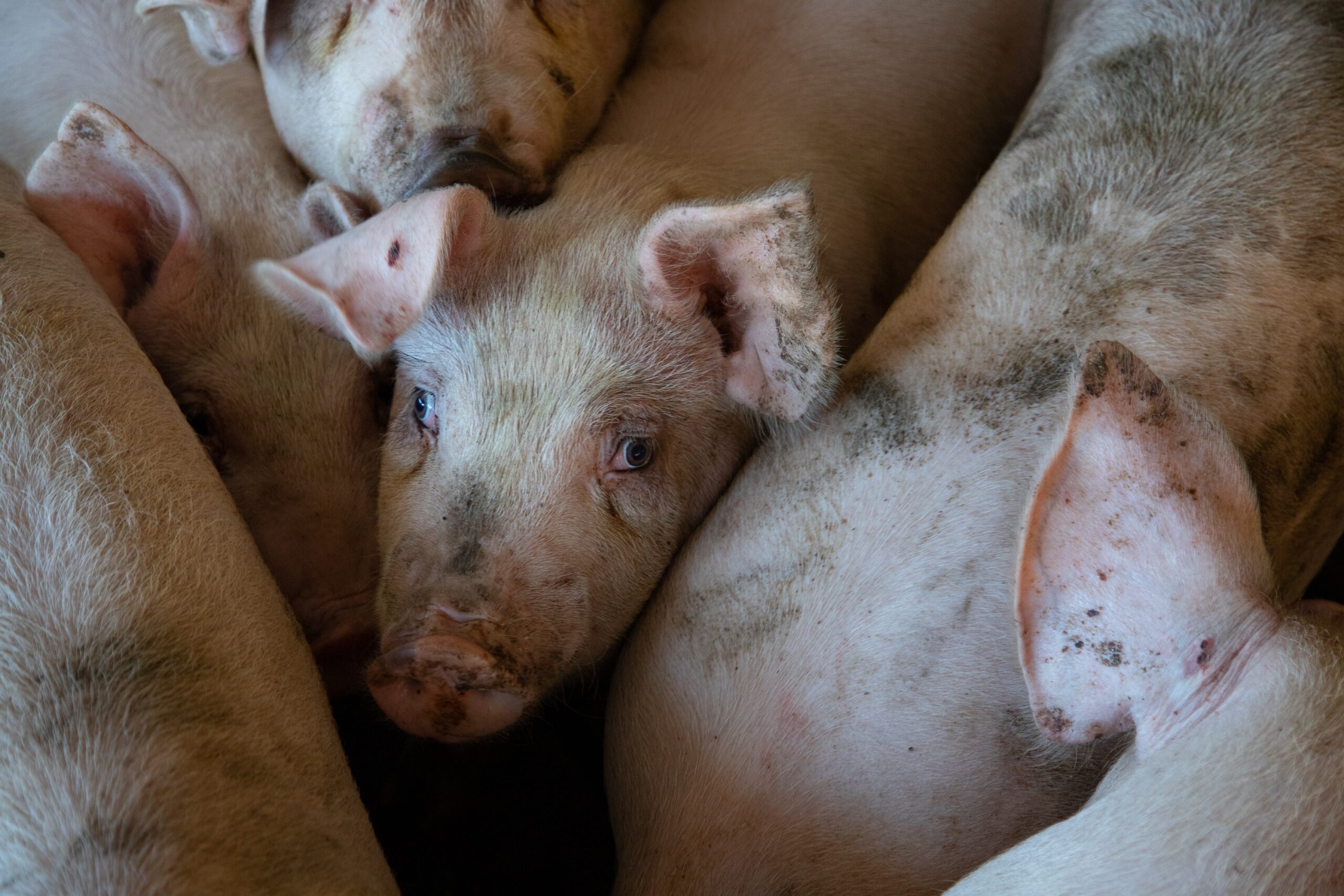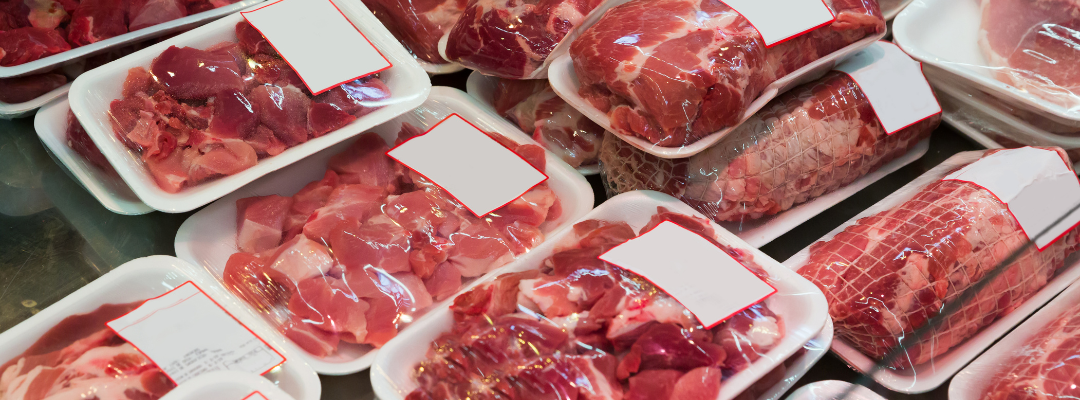Low hog prices and losses are causing significant financial stress in the hog industry. Farrow to finish returns as estimated by Iowa State University have been negative for the last 6 months and were as large as -$36.04 per head in January. This string of monthly losses has been the largest in at least a decade. It’s interesting to note that financial losses have been reported by hog producers worldwide. European and Asian producers have reported significant breeding stock culling due to losses.
Barrow and gilt slaughter is 1.7 percent larger than last year through the first week of May. When combined with lighter barrow and gilt weights, pork production is just under 1 percent larger than last year, but with a rebound in exports so far this year, means that there is slightly less pork on our domestic market than last year.
Tighter pork supplies after netting out trade have not translated into higher hog prices. Slaughter weight hog prices, net of premiums and discounts, were $79.11 per cwt in mid-May compared to $100.35 last year at this time. While $79 per cwt is about equal to the 5-year average price, costs are higher. Feeder pig and early weaned pig prices have declined dramatically since the first of the year, down 50 and 64 percent, respectively. Extremely low prices for feeders don’t indicate a lot of hope for higher prices in the future.
The pork cutout value in mid-May was $82.48 per cwt compared to $103.57 last year. Most primal cuts are well below last year’s prices as well, including bellies which are 50 percent lower than this time last year. Some bad news for those interested in BBQ, prices for pork butts are 9.9 percent higher than last year. However, on the positive side, the primal rib is about 41 percent lower than last year.
There are several things to watch for in this market in the coming weeks. Sow slaughter should increase as breeding numbers are reduced. Fewer gilts may be held back also lending a boost to slaughter numbers. USDA’s June quarterly inventory report should help confirm some direction for future farrowing and breeding herd inventory. We should start to see slaughter decline seasonally boosting prices. A seasonal price rally would be welcome news for producers.



Anderson, David. “Low Hog Prices and Red Ink.” Southern Ag Today 3(21.2). May 23, 2023. Permalink
Photo by Mark Stebnicki: https://www.pexels.com/photo/groups-of-pigs-in-pigpens-6791938/







